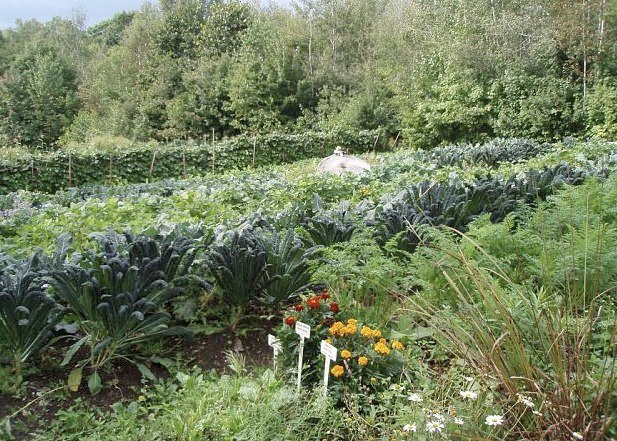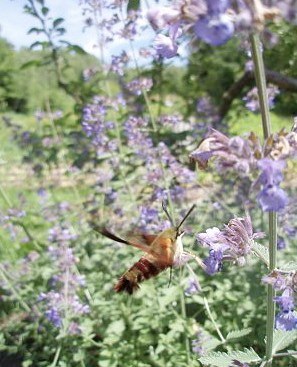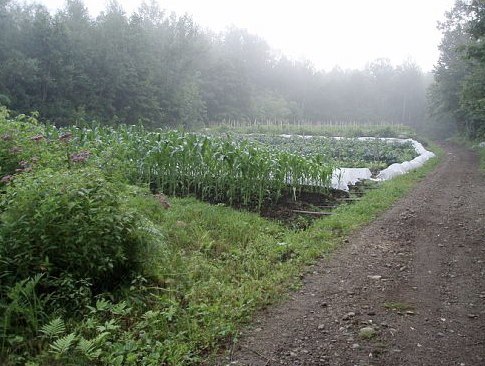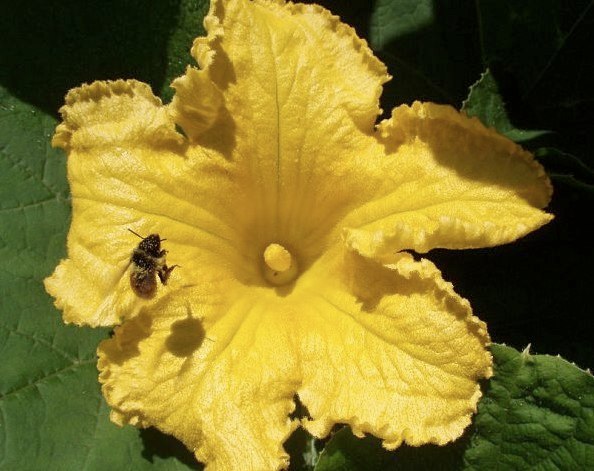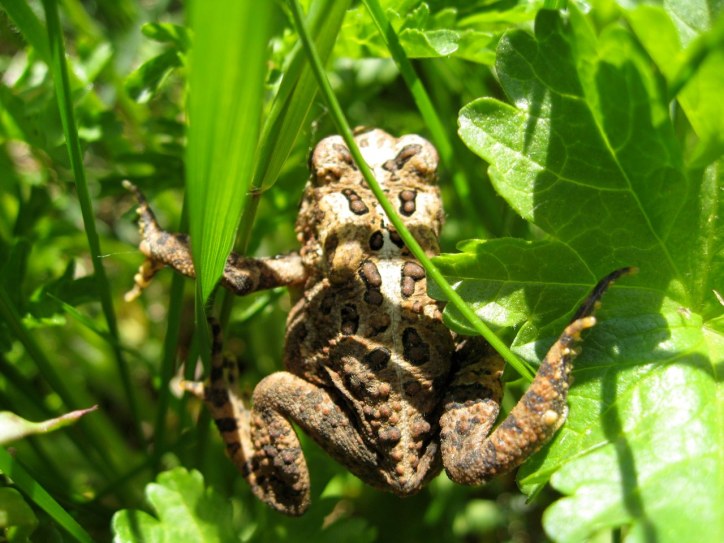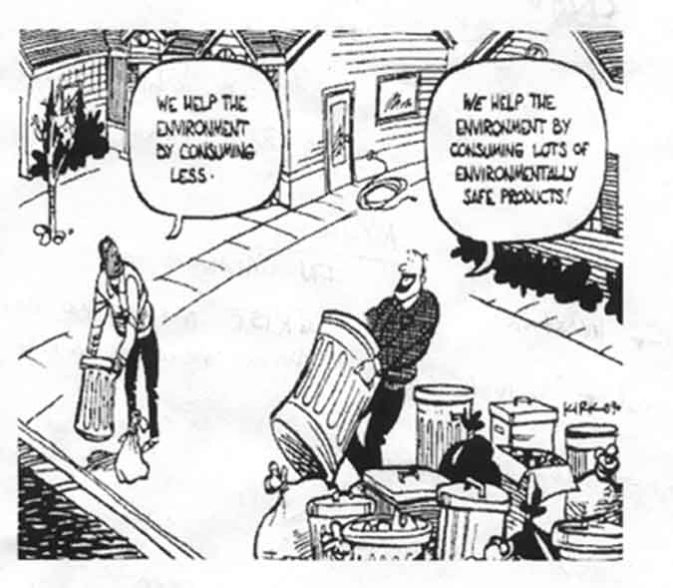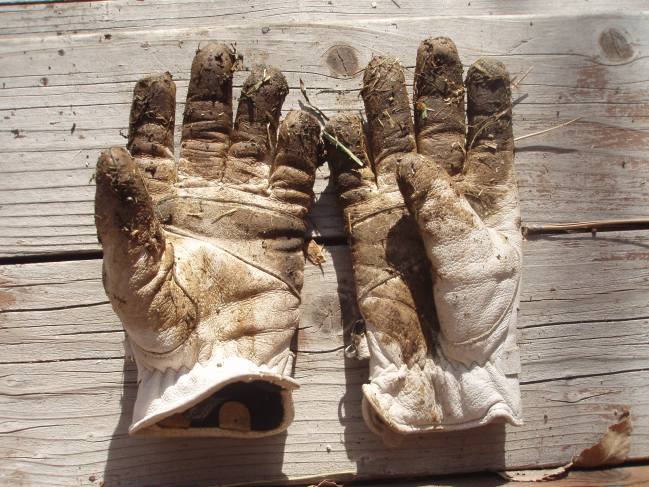I’ve been peeking around at contained compost tumblers…they seem ideal except the price tag which runs somewhere above one or two hundred dollars and beyond depending on the model.
They look like this:

This particular one costs $199
Luckily my boyfriend is handy and happened to make his own.
Instructions:
Supplies:
12 ft. 4 x 4 (found mine in the back of Home Depot for Free!)
4-6 ft. of 2 x 4 wood (also free at Home Depot)
four right-angle metal plates for attaching
two 6 inch x .5 inch screws with bolts
regular wood screws
food container from army surplus (any cylindrical container with tightly closing cap)
Total Cost:
roughly $20
Method of construction:
Cut the 4 x 4 into four pieces. Create two “T” like structures using the right-angle plates. Drill a hole at the bottom of each “T” big enough to comfortably fit the 6 x .5 inch screw with ease. Using the same drill bit, drill two more holes into opposing sides of the container. Turn both “T” shapes upside down and place container in between them. Nail or screw wood scraps as support rods to connect both “T”s together. Lift the container off the ground to desired height and place 6 x .5 inch screws through each “T” and through the holes in the container. Screw on bolts inside the container. If air holes do not already exist, drill a few in the top of the container.
How well is it working?
Initially we put far too many food scraps from our kitchen and not enough dry material. For it to work efficiently, make sure to have the correct ratios. Once we realized this, we were composting in less than three weeks. Every time you add something to it, just give it a couple of rotations.
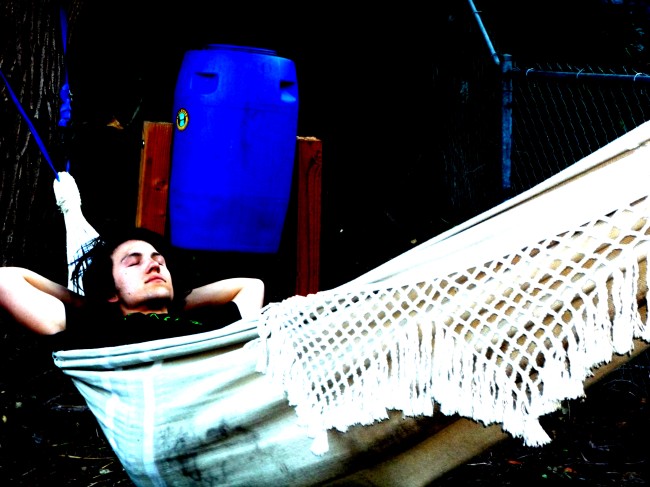
Nap while the homemade composter does all the work?
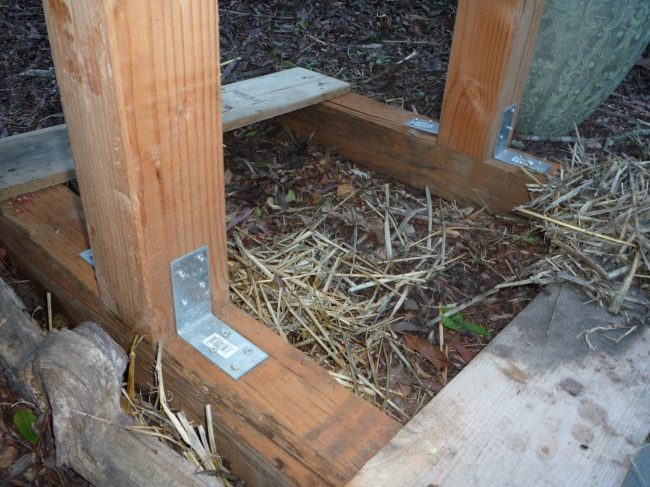
Support

Supplier: twin city surplus reno

Top view
On a different note, last night we had a class meeting where we discussed and decided to research in vessel composting vs. windrow composting. The scale of these in vessel composters can get pretty large…but Ohio University chose an in vessel system because:
An in-vessel composting system will allow us to accelerate the decomposition process by controlling temperature, moisture, and aeration. Additionally, because the system is enclosed, all food waste (including meat and dairy) can be composted without fear of attracting rodents. Purchasing a system also enabled us to use a biofilter, which reduces odors at the site.
Windrow and static pile systems require a relatively large area, long composting periods, and significant ongoing staff time. Further, they can present nuisance issues which limit siting options.
The decision to use bio ware at the student center also significantly influenced our decision to purchase an in-vessel system. Although other schools have had success with breaking down bio ware in windrows, we wanted to ensure that our bio ware would break down quickly.
On the other hand, Craig adamantly recommended the windrow system to create QUALITY compost.
The ideal solution to composting at UNR would be to work with Craig or someone in Reno who wants to open a composting business. This would ensure an economically sustainable company that does not die when we leave. There are, hopefully, a couple of options here which we are investigating. It would be great to help someone start another composting business here in Reno. This project seems utterly overwhelming otherwise so I am hoping to find a feasible option soon!!
Hard at work at our first meeting at Seven Tea Bar, by the way check this place out it has amazing teas and a great vibe!

Katrina diligently taking notes

Delia lost in thought

So...how the hell are we going to do this!
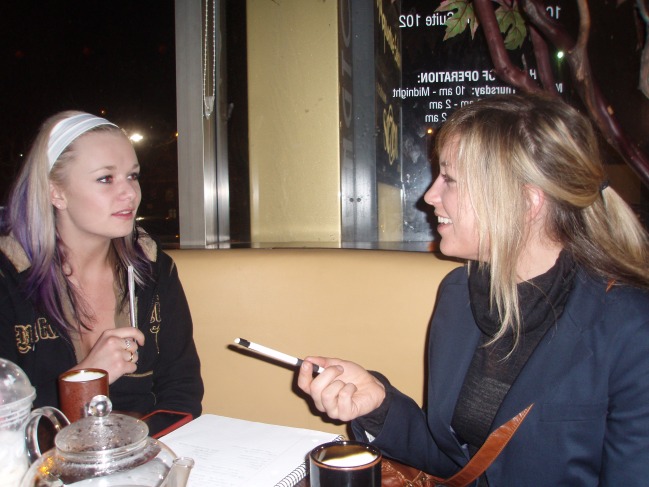
Good point Katrina
There are so many examples out there of composting and food systems on campuses that work really well. Composting our food and providing local and organic food on campus through an organic farm run by students is not a new or outlandish idea. But to make this a reality we need to change the attitude on our campus. Being sustainable and actively participating in environmental projects takes a ton of commitment and, more importantly, passion for the environment. Without increasing this passion on our campus the feasibility of these projects starts to look incredibly daunting. The prospect of budget cuts and the economic crisis do not help, but instead of remaining stagnant during these difficult times, we should at the University of Nevada feel inspired to find ways to save money by doing the RIGHT thing, that is to reduce the amount of food residuals and green waste we are dumping in landfills, support our local economy by eating local food, and join with the community to improve the situation in Reno both emotionally and environmentally. I hope if anything our projects can inspire this passion in people and encourage the level of environmental activism we so desperately need on our campus.

